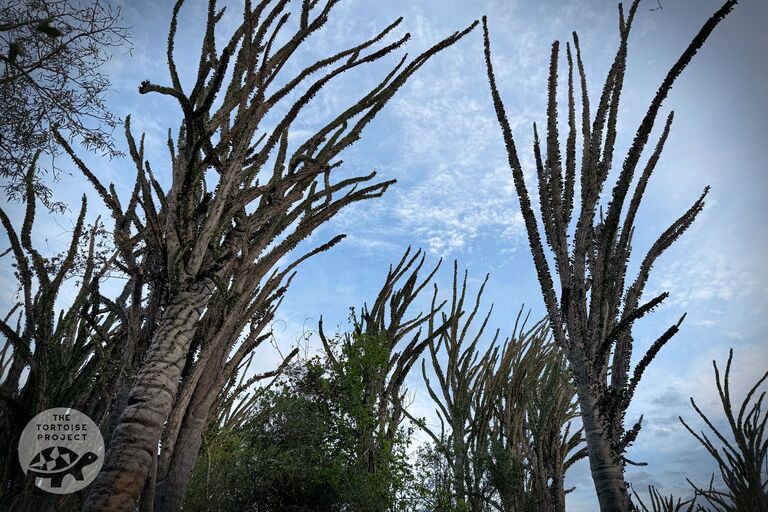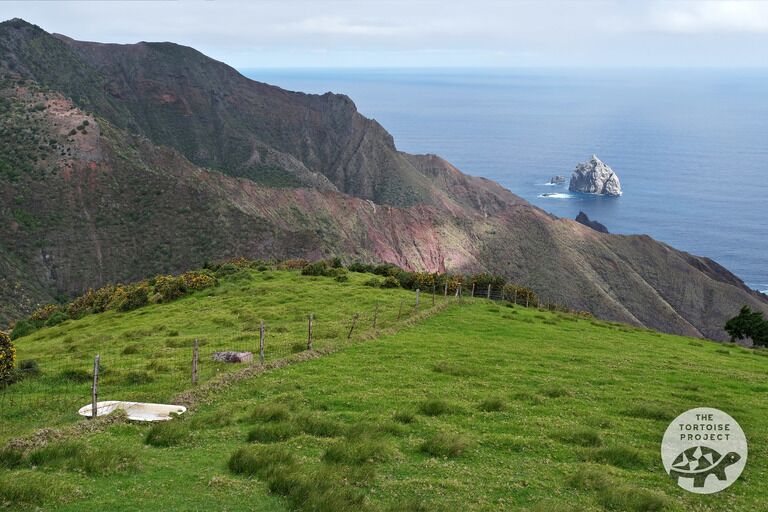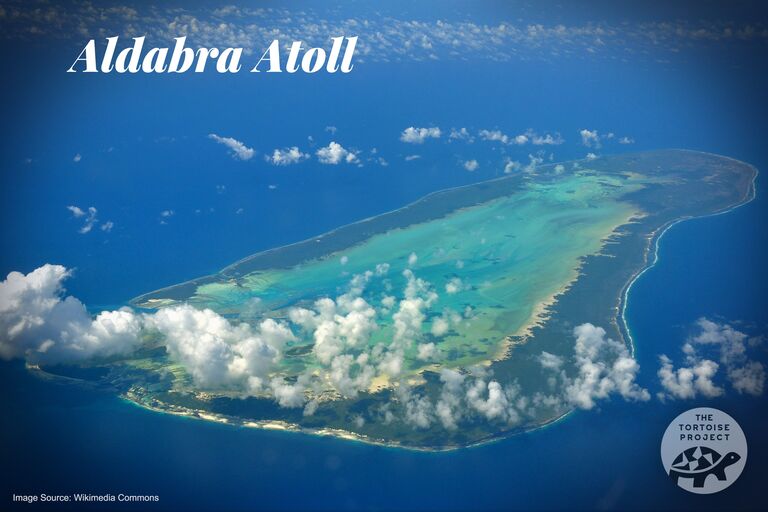Madagascar: Tortoises of The Spiny Forest
I joined the Turtle Survival Alliance to track Radiated tortoises in the wilds of the spiny forest — a punishing three-week overland journey across southern Madagascar.
I joined the Turtle Survival Alliance to track Radiated tortoises in the wilds of the spiny forest — a punishing three-week overland journey across southern Madagascar.

The spiny forest, in Madagascar’s south, is known for its plants that have found a way to thrive by growing defenses: thorns, prickles, thick skin. But in March/April 2025, the waters were drying up, and I focused my lens on the ethereal flowers and new leaves that appeared to make the most of their brief season.

Aldabra Atoll, Islands, Tortoise
My tortoise travels took me on an extraordinary monthlong adventure on Aldabra atoll, one of the most remote and ecologically intact places on Earth. It’s home to the last surviving species of giant tortoises in the western Indian Ocean.

Galapagos Islands, Galápagos Tortoise, Tortoise, Tortoise Conservation
Galápagos tortoises may make annual treks of 10-15 km seeking food, water, and nesting grounds. In March I spent three weeks on Santa Cruz island with biologist Patrick Moldowan to learn more.

Aldabra Giant Tortoise, Islands, Rodrigues, Tortoise Conservation
I’m excited about François Leguat Reserve because it is quite literally dependent on giant tortoises to serve their natural ecological functions and help do their part in restoring a portion of the island’s coastal ecosystem. Today more than 3,000 tortoises live on the 20-hectare reserve — replacement species for the original tortoises that went extinct.

Scenes from the island of Saint Helena — a speck in the South Atlantic Ocean with 4,000 inhabitants but most well known for Napoleon and Jonathan the tortoise.

The world’s most well-known living tortoise, Jonathan, is also one of the world’s most remote — living on a volcanic island a thousand miles off the coast of Africa.

Aldabra atoll is many things: It’s the second largest atoll in the world, a UNESCO World Heritage Site, and home to many endemic plants and animals including more than 100,000 giant tortoises. Two biologists share their experiences.